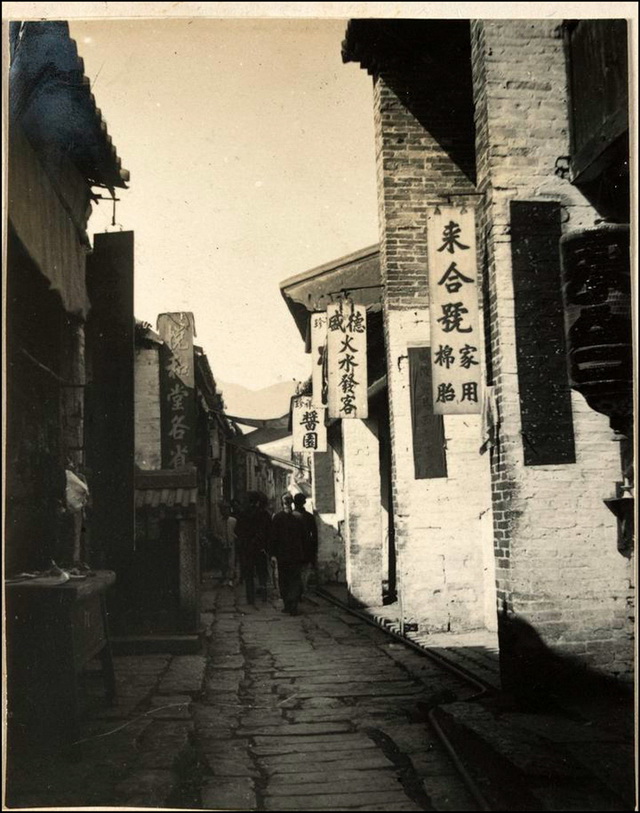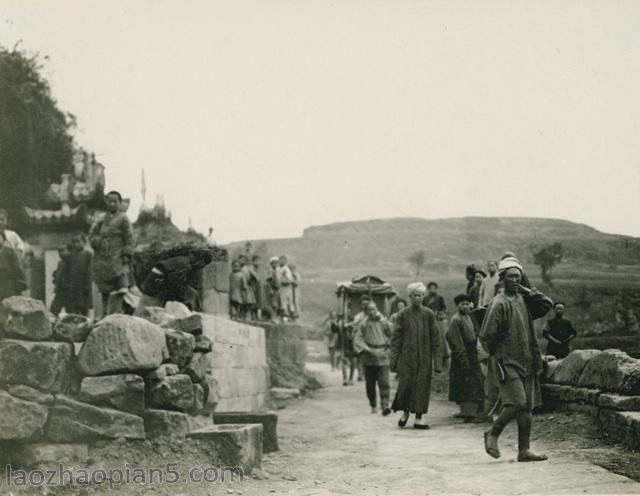[Huang Shen’s Cursive Seven-character Poem Axis]
Cursive Seven-character Poem Axis, Qing Dynasty, Huang Shen’s book, paper version, 179.5 cm vertically and 93 cm horizontally
Interpretation:
The willow eyes are green, the wild chrysanthemum is fat, and the travel garden is silent and covers the firewood. The jade bamboo shoots are cut through the wall, and the swallows come back with fragrant mud and rain. The fish book in the Xiang River is separated by years, and the flower affairs in the south of the Yangtze River are against the heart. When you push the curtain, you will sit on the Zhongshan Mountain. Go to Jiangnan and answer Li Ziming. Meichengtang Huang Shen
This scroll is recorded from a seven-character poem. At the end of the book, it reads: “Go to Jiangnan and answer Li Ziming and see him in the middle of Chu.” At the end of the book, it reads: “Meicheng Tang Huang Shen.” Under the seal, “Huang Shen” and “Gall Ladle” are stamped. This picture has no hidden seal
This poem should have been written by Huang when he was in Nanjing. Huang Shen’s calligraphy originated from cursive calligraphy, and more integrated with the calligrapher’s own calligraphic interest, which makes people feel crazy and difficult to recognize. The calligraphy points and strokes on this axis are scattered and orderly, and the words can be folded and turned freely. The pen used to tie the words is unconventional and innovative, which shows the strong personality of the calligrapher.
![图片[1]-Huang Shen’s cursive seven-character scroll-China Archive](https://chinaarchive.net/Qing dynasty/model calligraphy/2888[1024].jpg)





![[Qing Dynasty] British female painter—Elizabeth Keith, using woodblock prints to record China from the late Qing Dynasty to the early Republic of China—1915-China Archive](https://chinaarchive.net/wp-content/uploads/2022/11/image-191x300.png)